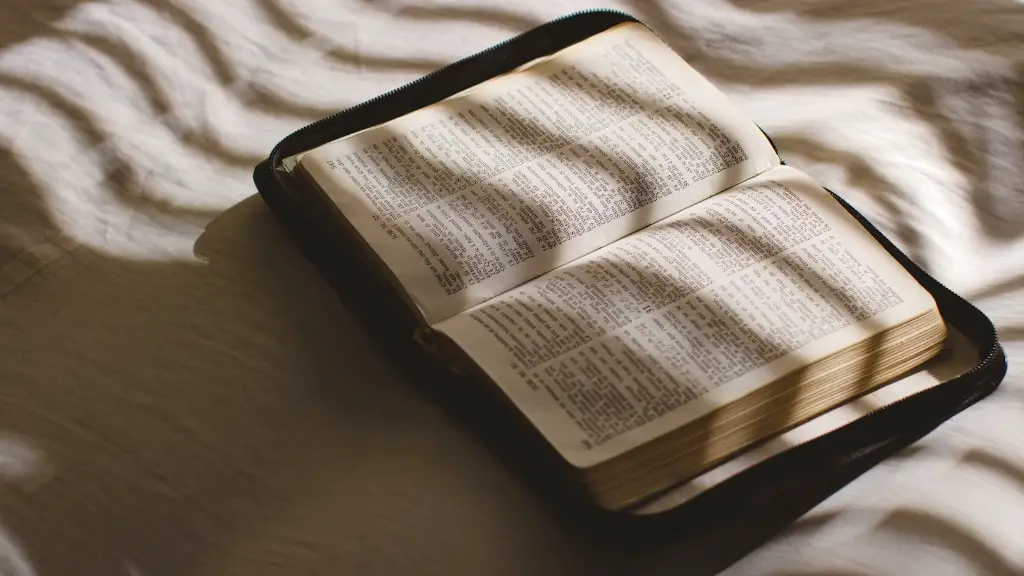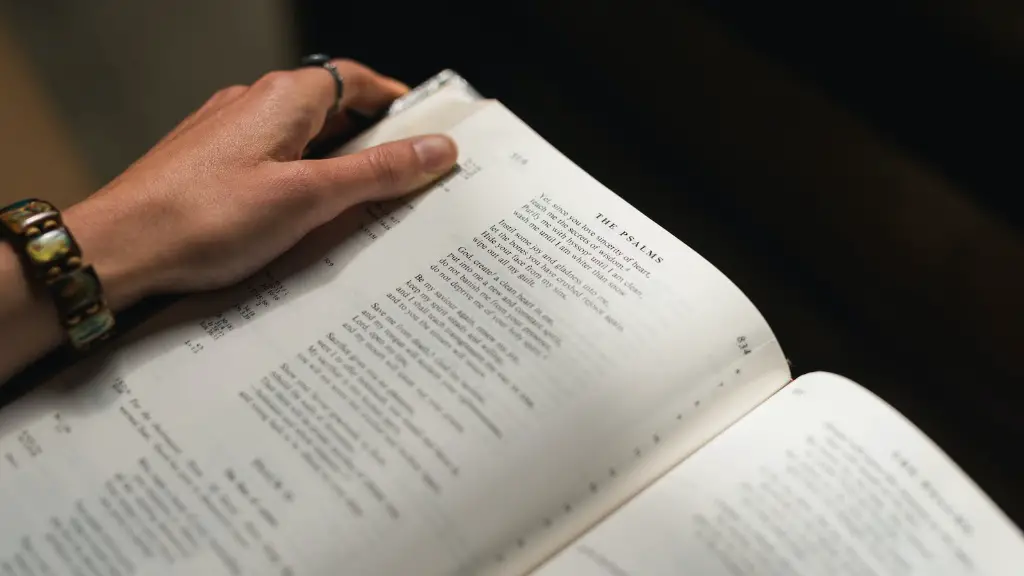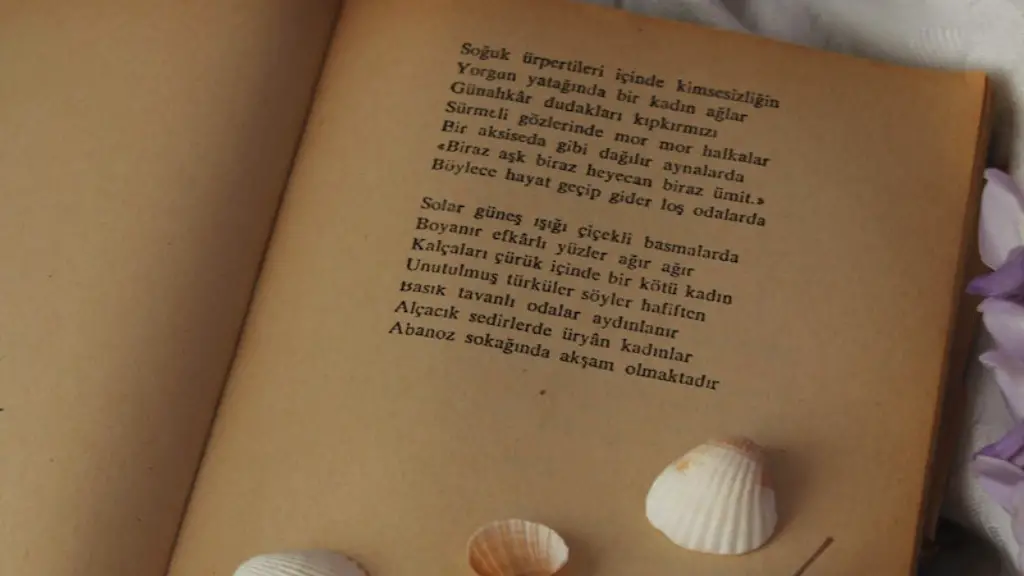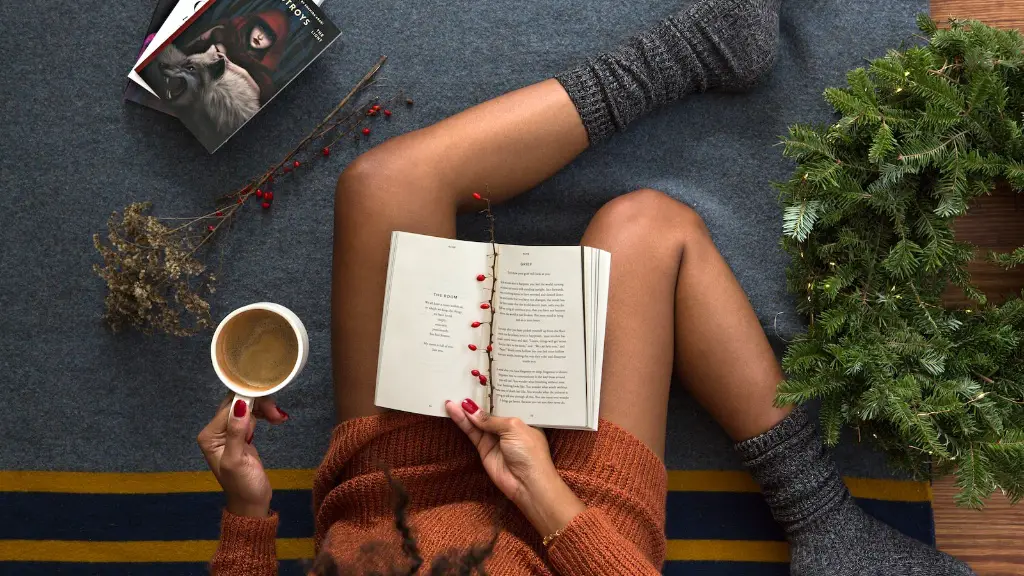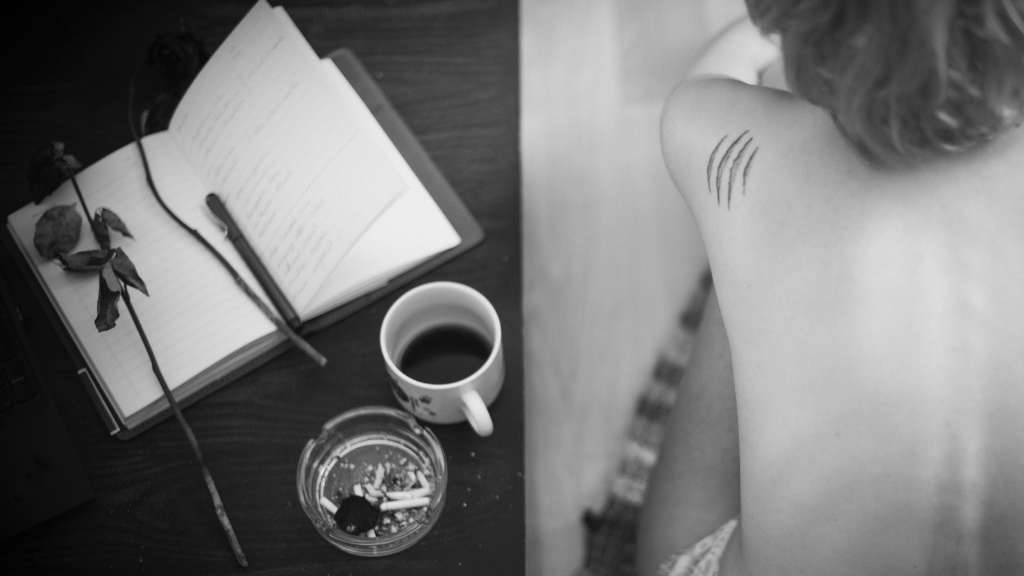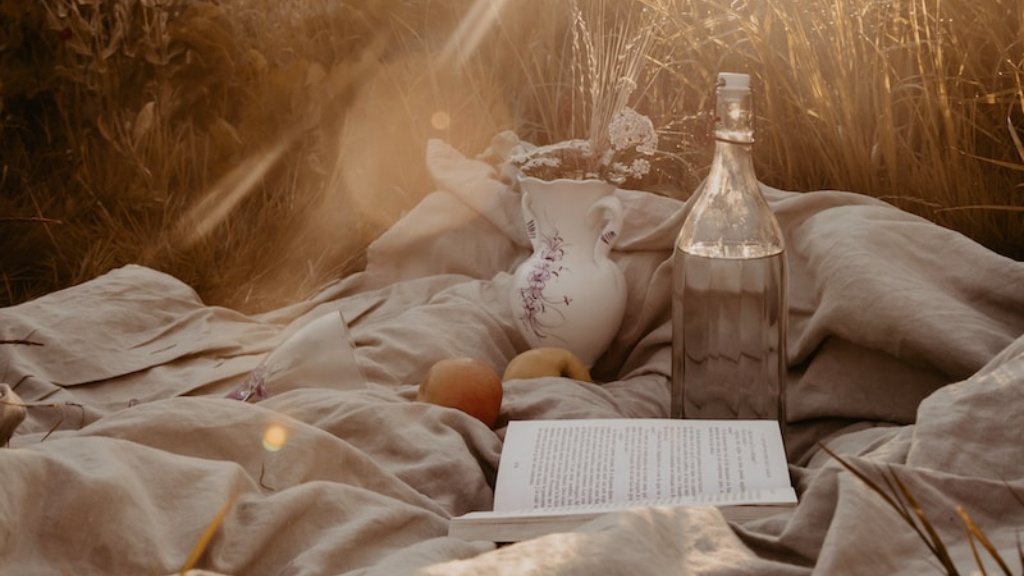Rhythm and Rhyme in Poetry
Rhythm and rhyme are two features of poetry that have been in use for centuries. Rhythm is the underlying beat or flow of syllables in a poem. It is often described as a song-like quality that conveys meaning through a pattern of rhythmically arranged words. Rhyme is when two words or syllables have similar sounds. Unlike prose, which can be written in a variety of forms, poetry requires rhythm and rhyme to evoke a specific effect. Although rhythm and rhyme are typically associated with classic poets and traditional forms of poetry, their use has grown to include more modern styles of writing.
Rhythm and rhyme can be used to create an emotional response to a poem. Rhythmic patterns can be soothing, chaotic, and many other things depending on the poet’s intention. A steady regular rhythm in a poem is usually comforting and has been likened to lullabies. Poets often include different types of rhythms to add texture and meaning to the poem. Rhyme is used to emphasize particular words and ideas. The use of rhyme can also bring attention to certain phrases or images in the poem.
In a traditional sense, rhythm and rhyme are merged in poetic forms such as the sonnet and villanelle. The sonnet is traditionally written in iambic pentameter and uses end rhyme in each stanza, making for a highly rhythmic poem. Villanelles use a intricate pattern of lines that involve refrain or repeated words. Both forms rely on the use of rhythm and rhyme to convey meaning and to tie each stanza of the poem together.
Not all poems use strict patterns of rhythm or rhyme. Many contemporary poets write in a more free verse style and make use of elements of rhythm and rhyme to create a certain mood or emotion. Even when a poet is not deliberately employing end rhymes, they often employ short sections of internal rhymes that create rhythm. Free verse poets may also use enjambment, which is when a pattern of punctuation creates a break between lines, to create a cadence.
Poetry relies heavily on rhythm and rhyme to convey the poet’s message. Both of these features serve to emphasize certain words, emotions, and ideas in a poem. Even in more contemporary forms of poetry, rhythm and rhyme have an important role to play. They are the foundation of all kinds of poetry and help to convey the poet’s ideas and feelings to the reader.
The Role of Rhythm and Rhyme in Poetry
The use of rhythm and rhyme in poetry helps to shape the poem and to give it a sense of structure and order. Depending on the type of poem, the poet may create a specific rhythm and rhyme pattern that will add to the meaning of the poem. For example, in a sonnet the poet may use a pattern of iambic pentameter, rhyming couplets, and strict stanza breaks to emphasize particular ideas and words.
Though poetry can be written without strict rhythm and rhyme, the use of such elements helps to create an emotional response from the reader. For example, the use of an end rhyme in a poem can create a satisfying resonance that helps to emphasize the words being rhymed. Rhythmic patterns can evoke many different emotions depending on their complexity, regularity, and speed. Rhythm and rhyme in a poem can also be used to build tension, to evoke a feeling of calm, or to maintain a fast pace.
Rhythm and rhyme can also be used to create imagery. The use of longer lines and frequent refrains can evoke a sense of movement. Familiar end rhymes can create a feeling of familiarity and can link certain words and ideas. Poets often use these devices to bring to life characters, events, and places in their poems.
Overall, rhythm and rhyme in poetry help to elevate the words, phrases, and images of the poem. By emphasizing and creating resonance with particular words and ideas, they help to convey the overall meaning and emotion of the poem. They are fundamental elements of all forms of poetry, from traditional to contemporary, and can be used to create a variety of effects.
The Benefits of Rhythm and Rhyme
Rhythm and rhyme have been used for centuries for a variety of purposes. These two poetic devices can be used to evoke emotion, create imagery, and to convey a poem’s message. Rhyme can help to tie together a poem and draw the reader’s attention to particular words and ideas. Rhythm can be used to create a sense of movement, texture, and meaning. Both devices, when used together, can create a powerful and engaging poem.
The use of rhythm and rhyme can also be an effective teaching tool, as children often find them easy to memorize. By introducing poetry that has an identifiable rhythm and rhyme, children can learn to appreciate rhythm and rhyme as a way of conveying meaning and emotion. They can also gain a greater appreciation for the diversity of poetic devices available to the poet.
Moreover, rhythm and rhyme can help to create a sense of unity in a poem. Rhyming couplets, for example, can be used to connect two ideas together. This technique can be used to link certain words and images in a poem and to emphasize particular ideas. Similarly, a uniform rhythm in a poem can create an overall poetic unity and can create a more satisfying poem.
Overall, rhythm and rhyme are essential elements of blank verse and of more contemporary poetic forms. They can be used to create an emotional response, to teach children and adults, and to draw attention to particular words and ideas. When used effectively, they can elevate the language of a poem and help to convey a message to the reader.
The Challenges of Using Rhythm and Rhyme in Poetry
The use of rhythm and rhyme in poetry can be challenging for both novice and experienced poets. Rhyming can be difficult if the poet is unable to find the right rhyming word or phrase. It can also be easy to use overly obvious rhymes that detract from the poem rather than add to it. Creating a satisfying rhythm in a poem can also be a challenge, as it involves both an understanding of poetic meter and an ability to create a pleasing and engaging rhythm with words.
The use of too much rhyme can make a poem seem overly contrived and artificial. While a certain level of rhyme is often necessary to create a sense of unity in a poem, excessive rhyme can be distracting. Poets should be sure to use enough variety in their rhymes and to use them judiciously when necessary. Similarly, a steady rhythm can be too monotonous and create a feeling of sameness throughout the poem.
Too much reliance on rhythm and rhyme can also diminish the power of a poem. Using the same patterns in each line or stanza can become tedious and make a poem seem stale. Poets must be careful to use rhythm and rhyme in a way that adds to the meaning and emotion of the poem. Occasionally varying the rhythm or rhyme can help to maintain interest in the poem.
Overall, the use of rhythm and rhyme in poetry can be a challenging but rewarding endeavor. A poet must use enough of both to create a satisfying poem, yet not so much that it becomes distracting. It is important for the poet to take the time to craft a unique and powerful poem that uses rhythm and rhyme in an effective way.
Different Types of Rhyme and Rhythm in Poetry
There are many different types of rhythm and rhyme that a poet can use in their poem. The most common type of rhyme is called end rhyme, which occurs when two or more words at the end of lines share the same sounds. This type of rhyme is often used in traditional forms of poetry such as the sonnet and villanelle. Internal rhyme, which occurs when rhymes appear in the middle of two lines, is less common but is also used in some poetry.
The same is true for rhythm. Iambic pentameter, a pattern of five iambic feet per line, is the most commonly used meter in traditional forms of poetry. Other meters such as trochaic and anapestic can also be used. In more modern forms of poetry, poets may opt for a more conversational, natural rhythm. Enjambment can also be used to highlight certain words and ideas, or to create an irregular rhythm.
Overall, there are many types of rhyme and rhythm that a poet can use in their work. By understanding the different varieties and how they can be used to create certain effects, a poet can craft a poem that effectively conveys their message.
Techniques for Using Rhythm and Rhyme
The use of rhythm and rhyme in poetry can be daunting for the novice poet. However, there are some simple techniques that can be used to make the process easier. One such technique is to start by focusing on the rhythm of the poem. Choose a consistent and pleasingmeter, such as iambic pentameter, and use it throughout the poem. This will give the poem a steady, song-like rhythm.
Another technique is to focus on the rhyme of the poem. Start by identifying the key words and phrases in the poem, and try to find words that have similar sounds. Try to create unexpected rhymes to give the poem an interesting and unexpected twist. Finally, consider how the rhythm and rhyme interact and how they can be used to create a pleasing and emotionally powerful poem.
Rhythm and rhyme can also be used to create certain effects in a poem. By adding short bursts of rhythmic energy or an occasional internal rhyme, a poet can add texture and depth to the poem. Alternating between long and short lines or using enjambment can also create a sense of suspense or excitement in the poem.
Overall, the use of rhythm and rhyme in poetry is a complex but gratifying craft. By understanding the different types of rhyme and rhythm available, as well as some effective techniques for using them, a poet can create a powerful and engaging poem.
